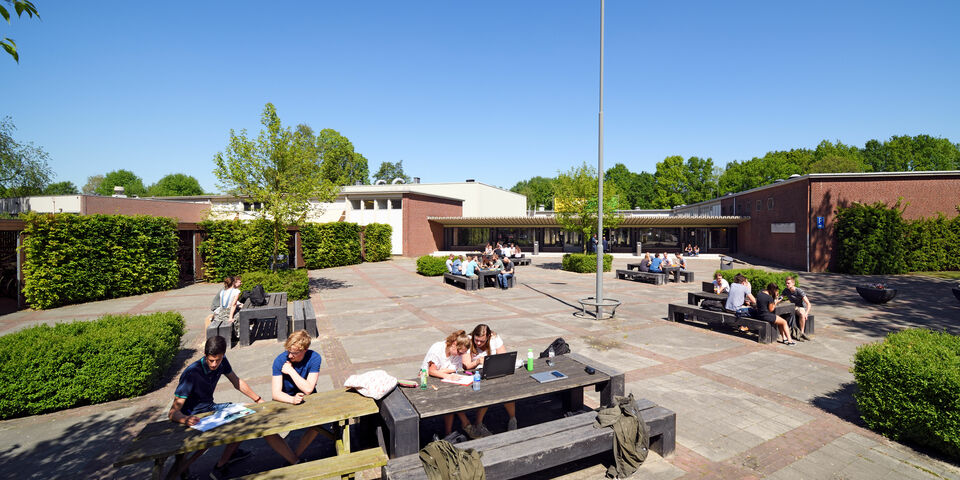Suspicion of bats in Paviljoen delays demolition
Bats may very well delay the demolition of the Paviljoen building. Real Estate Management strongly suspects that these nocturnal animals have nested in the old campus building. Further research, which is planned for coming spring, will have to provide a definitive answer. The demolition process will probably take several months. After having been used for over sixty years, the doors of the Paviljoen were locked on Tuesday.
In the fall of 2018, Real Estate Management installed bat boxes because there was a “strong suspicion” that bats were living in the building, project leader Marten Dijkshoorn explains. This suspicion is based on a quickscan from environmental agency Ecologica. Their research was commissioned by Real Estate Management as part of the Nature Conservation Act. The research is an obligatory part of the application for a demolition permit. Ecologica found locations where these mammals can hibernate. According to Dijkshoorn, the bats could have nested in eaves, open joints in the cavity, and behind the awning fabric of the Paviljoen.
Further research, carried out from May until July, will lead to different possible scenarios. Dijkshoorn: “Either we don’t find bats, which means that we can start the demolition process relatively soon, or we do find them, which means that we need an exemption from the environmental service, and that we will have to postpone the demolition until after the holidays. If we don’t get the exemption, we will reevaluate in November.”
Dijkshoorn cannot say what will happen if the demolition isn’t greenlighted by fall. He has high hopes that everything will work out at an earlier stage. “The heating has already been set to winter mode to prevent freezing. After the summer holidays we will not turn on the heating again, because that would make it too attractive to bats.”
Rabbits have been spotted regularly in the area surrounding the Paviljoen, as well as foxes. Dijkshoorn says that the presence of animals does not affect the demolition process.
Circular demolition
Even if the demolition could be carried out, it would still take a lot of time – months even – before the Paviljoen is definitively flattened. “How long exactly depends on the proposals from the demolition companies. We might opt for a longer-term option if that’s cheaper.” The quotations for the demolition specifications have arrived, but Real Estate Management still has to study them thoroughly. The service prefers circular demolition, i.e. benefitting from the reuse potential of material.
The Quality team of TU/e has determined that the area surrounding the main entrance, the indoor pond, and the small pavilions will be preserved and checked for asbestos. As of yet, no decision has been made on a possible new destination. What will happen to the site that becomes available also remains unclear. One option is to use the area for sports fields.
The cylinder locks in the doors have been replaced so that only certain people can enter. The former residents of the Paviljoen have relocated to Atlas.


Discussion